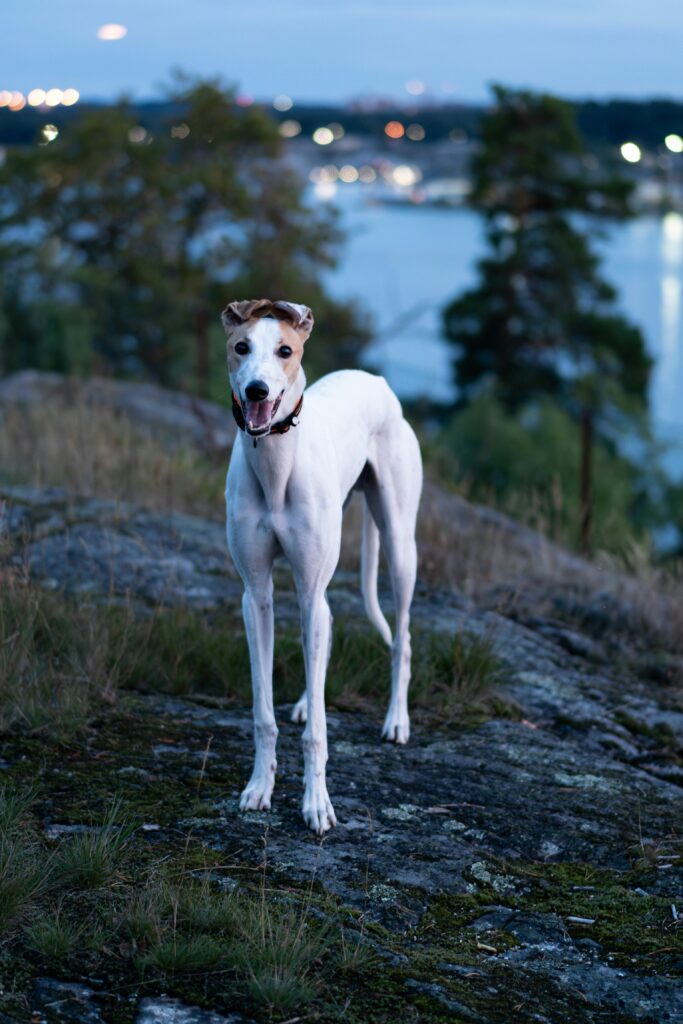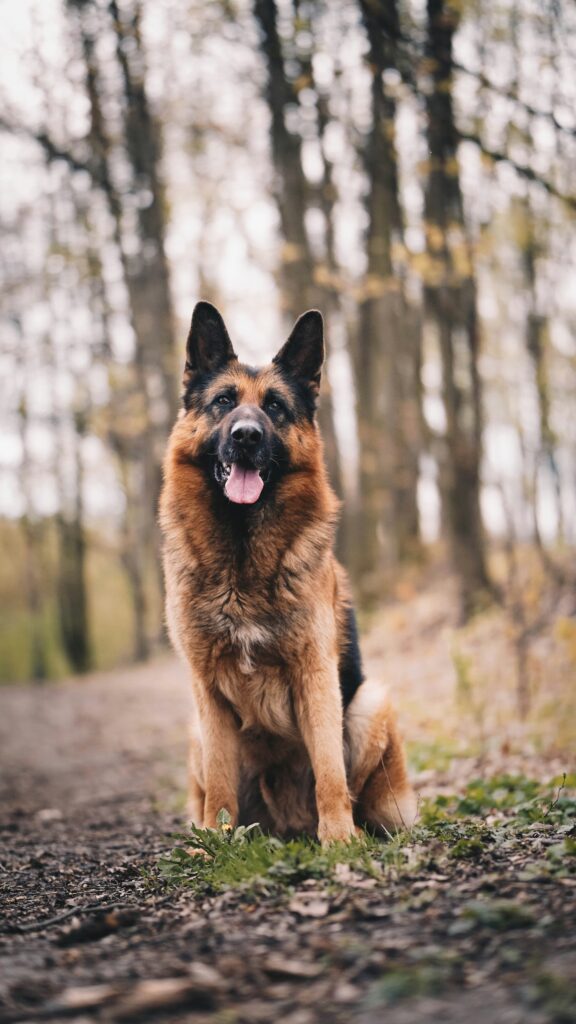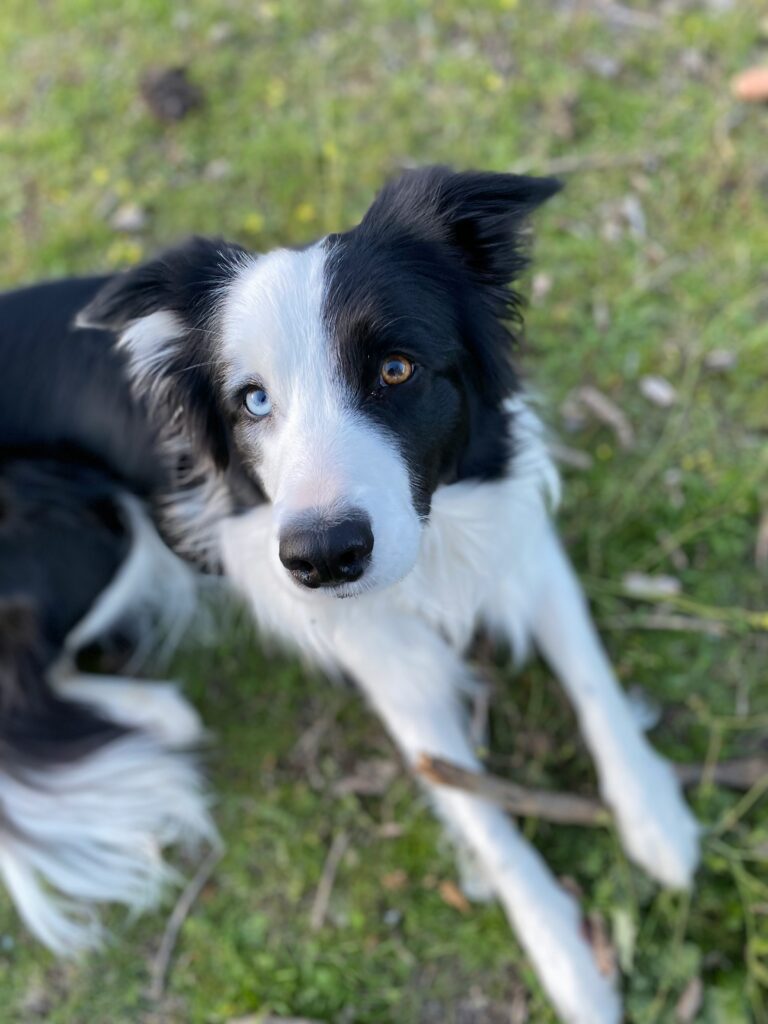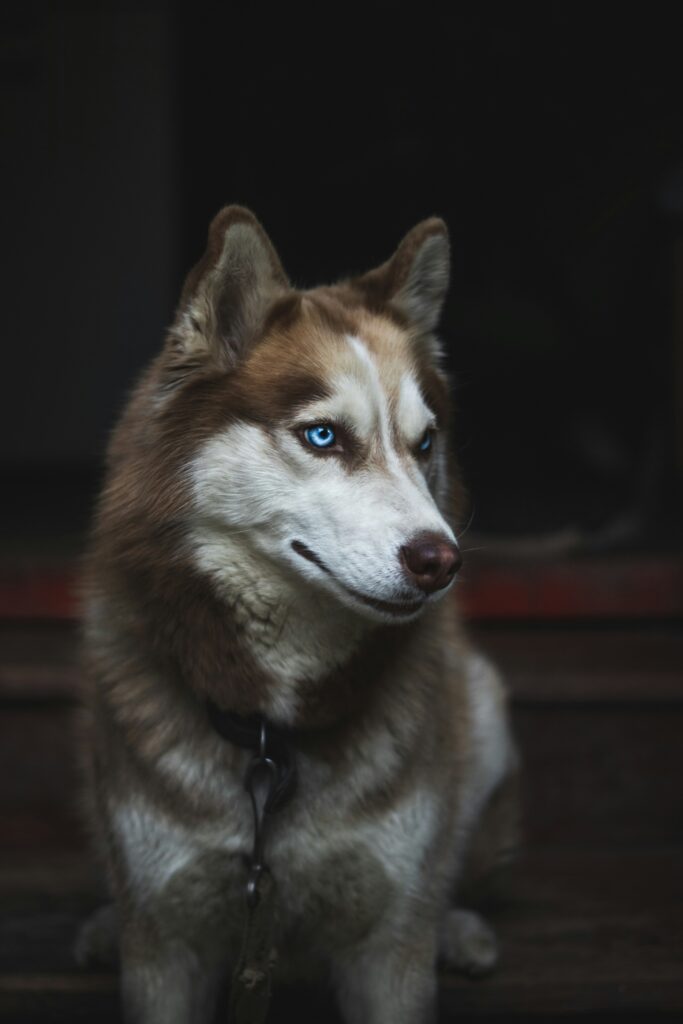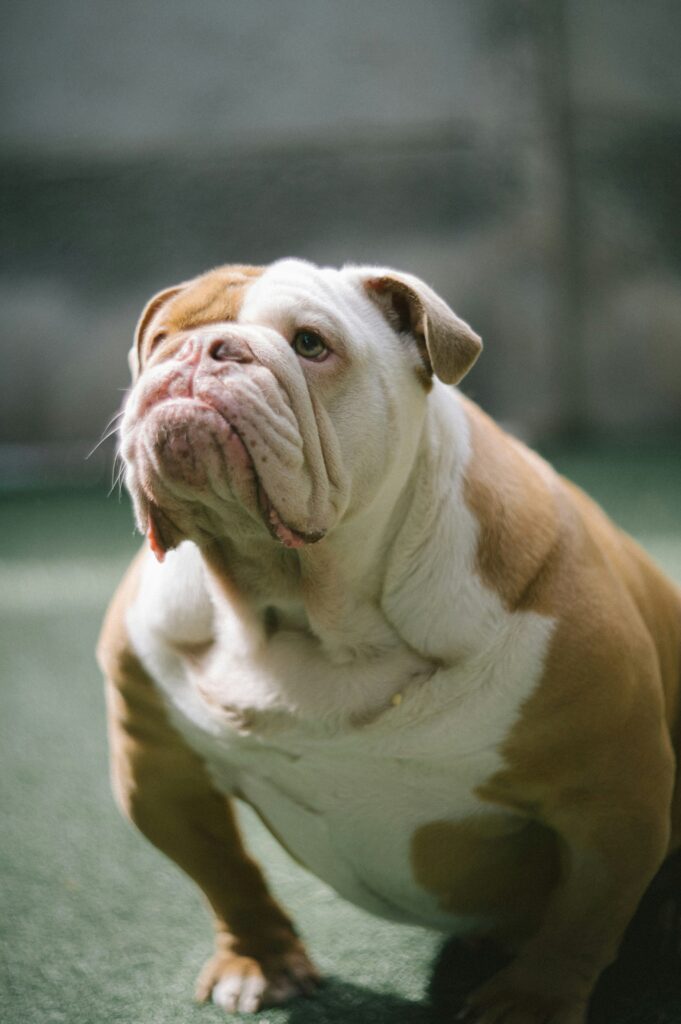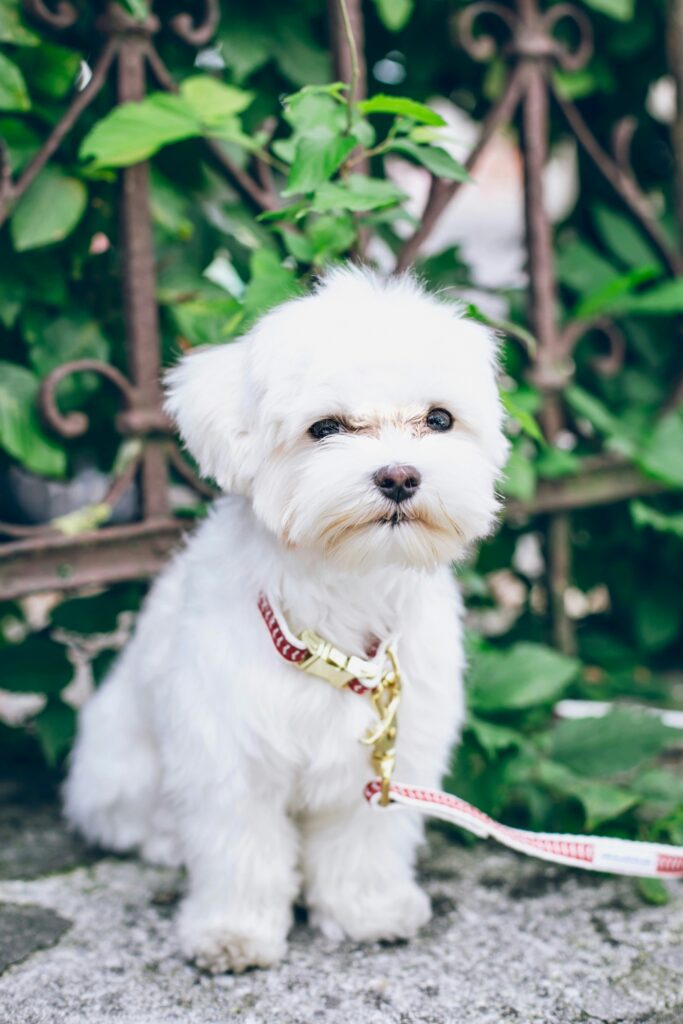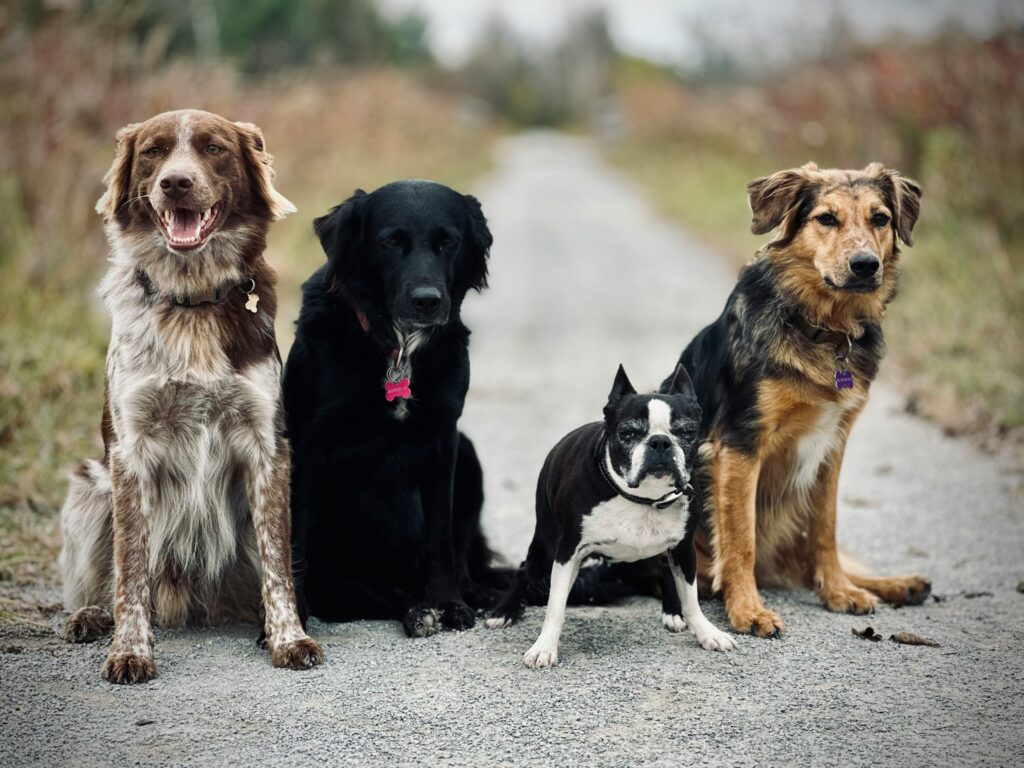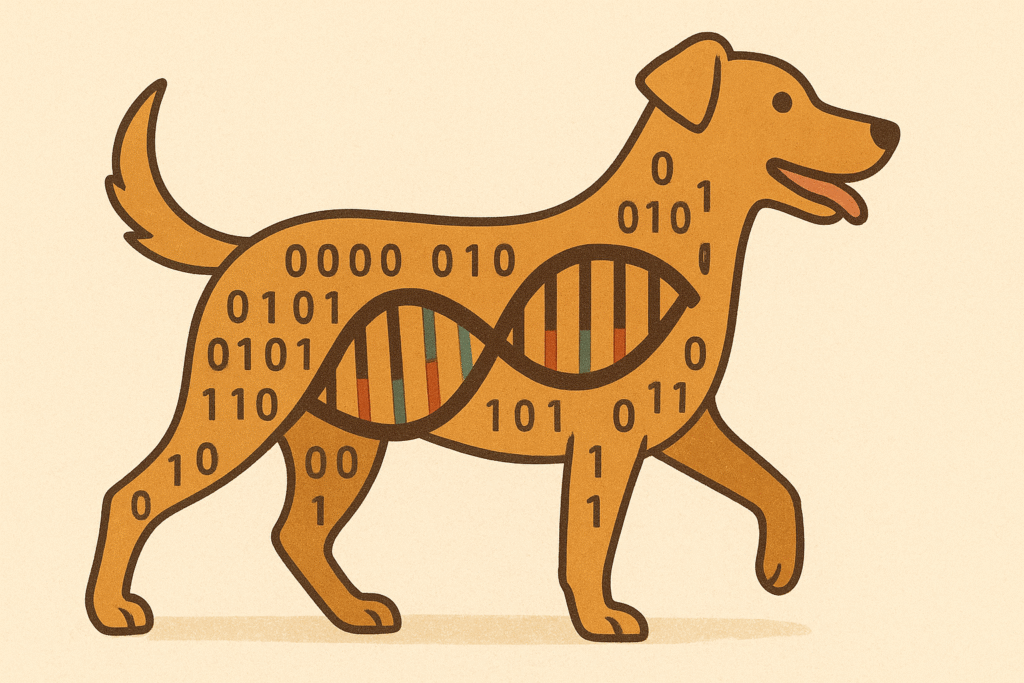
You’re settling in for the evening, and suddenly your dog is doing that thing again—pawing at the couch cushions, circling obsessively, and burrowing themselves into a cocoon of blankets and pillows until only their nose (maybe) is visible. Or perhaps you’ve found them completely entombed under your bed pillows, looking utterly content in their fabric cave.
Is this normal? Should you worry? And more importantly—what is your dog trying to tell you?
As a Family Dog Mediator, I’m constantly reminding families that there are no problem behaviors, only unmet needs waiting to be understood. And burrowing? This is one of those behaviors that beautifully illustrates why we need to look at the whole dog—their genetics, their environment, what they’ve learned, and their individual self—rather than applying one-size-fits-all explanations.
The Ancestral Blueprint: Genetics at Work
Let’s start with the G in L.E.G.S.—Genetics. Your dog’s desire to burrow isn’t random; it’s likely written into their DNA.
Wild canids—wolves, foxes, coyotes—are denning animals. They seek out or create enclosed spaces for safety, warmth, and raising young. Dens protect them from predators, harsh weather, and provide a secure place to rest. Even though your dog has never had to dig a den in the wild, these ancestral instincts remain powerful drivers of behavior.
But here’s where it gets really interesting: not all dogs burrow equally, and breed matters enormously.
Think about terriers—dogs literally bred to go to ground, to pursue prey into burrows and tunnels. A Jack Russell Terrier burrowing under your duvet isn’t being quirky; they’re doing exactly what generations of selective breeding designed them to do. Dachshunds? Same story. These “badger dogs” were bred to tunnel into underground dens.
Then you have the Nordic breeds—your Huskies, Malamutes, and Samoyeds—who were bred to sleep in the snow. They naturally dig shallow nests to create windbreaks and insulation. Your Husky rearranging your couch cushions into a nest? That’s genetic memory at work.
Even breeds not specifically bred for earth work often show burrowing behaviors. Many small companion breeds (Chihuahuas, Italian Greyhounds, Chinese Cresteds) seek warmth and security under covers, likely because their small size and sometimes lower cold tolerance makes enclosed spaces feel safer and more comfortable.
Environment: Reading the Room (and the Temperature)
The E in L.E.G.S. reminds us that environment shapes behavior constantly. And burrowing behavior is deeply influenced by environmental factors.
Temperature regulation is huge here. Dogs don’t thermoregulate the way we do. A 68-degree house that feels perfectly comfortable to you might feel chilly to a 12-pound Italian Greyhound with minimal body fat and short coat. Burrowing under blankets creates a microclimate—a warm, insulated space that’s just right.
Conversely, some dogs burrow to stay cool, creating a barrier between themselves and direct heat sources, or seeking the cooler layer between cushions and couch.
Sensory environment matters too. Our modern homes are full of stimulation—doorbells, delivery trucks, neighbors, televisions, the hum of appliances. For some dogs, especially those who are sensitive or anxious, burrowing creates a sensory buffer. It’s not unlike how we might put on noise-canceling headphones or retreat to a quiet room when we’re overstimulated.
Consider also the emotional environment of your home. Dogs are incredible social learners and emotional barometers. Research on social referencing in dogs shows us that dogs constantly look to us for cues about how to feel about their environment. If there’s tension, stress, or unpredictability in the household, your dog might burrow more as a coping mechanism—creating a safe, predictable space they can control.
Learning: What Experience Has Taught Them
The L in L.E.G.S. is all about learning, and dogs are learning from their experiences every moment.
Maybe the first time your dog burrowed under a blanket, they discovered it was wonderfully cozy. That positive experience created an association: blanket cave = good feelings. Classical conditioning at its finest. Now, every time they seek comfort, warmth, or security, they remember that sensation and seek it out again.
Or perhaps your dog learned that burrowing gets them something they value. Do you think it’s adorable when they burrow? Do you laugh, take photos, give them attention? Congratulations—you’ve positively reinforced the behavior. This isn’t a bad thing! But it’s important to recognize that what we pay attention to, we get more of.
Some dogs learn that burrowing is a pre-sleep ritual, part of their wind-down routine. Just as we might read before bed or listen to white noise, your dog has learned that making a nest signals rest time.
And here’s something many people don’t consider: dogs who experienced stress, inadequate shelter, or cold temperatures in their past (especially rescues or dogs from uncertain backgrounds) may have learned that creating their own warm, enclosed space is essential for survival. That learning doesn’t just disappear because they’re now in a safe home—it can take time and consistent positive experiences to update those associations.
Self: Your Individual Dog’s Unique Needs
Finally, we get to the S in L.E.G.S.—Self. This is about your specific dog, their individual temperament, their current emotional state, their age, health, and preferences.
Age matters. Puppies often burrow because they’re used to being piled with littermates, and they’re seeking that warmth and companionship. Senior dogs might burrow more because they feel achy, cold more easily, or need extra security as their senses decline.
Emotional state is crucial. A dog experiencing anxiety, fear, or stress might burrow as a self-soothing behavior. Pay attention to when the burrowing increases. Is it during thunderstorms? When visitors come over? When you’re away? This behavior might be telling you something important about your dog’s emotional needs.
Health considerations can’t be ignored either. Dogs in pain sometimes seek out soft, supportive surfaces and enclosed spaces. A dog who suddenly starts burrowing more might be dealing with joint pain, a fever, or gastrointestinal discomfort. If the behavior changes significantly or seems excessive, a vet check is always warranted.
Individual personality plays a role too. Some dogs are just more comfort-seeking, more nest-oriented, more “den dogs” than others—even within the same breed. Just as some humans are natural homebodies who love being cocooned in blankets while others prefer open spaces, dogs have individual preferences.
What Your Dog’s Burrowing Might Be Telling You
So when you see your dog burrowing, what should you be thinking about?
“Am I meeting my dog’s breed-specific needs?” If you have a terrier who burrows constantly, are they getting enough appropriate outlets for those earth-dog instincts? Snuffle mats, dig boxes, and tunnel toys might give them a healthier way to express those genetic drives.
“Is my home’s environment comfortable for my specific dog?” That 70-degree thermostat setting might be perfect for you but uncomfortable for your thin-coated, low-body-fat companion. A heating pad, dog bed with raised sides, or additional blanket access might make a huge difference.
“What is my dog’s emotional state?” If burrowing has increased, what else has changed? Are they getting enough mental stimulation? Physical exercise? Decompression time? Are there new stressors in the home? Dogs don’t burrow to spite us or because they’re “weird”—they’re communicating something about their needs.
“Is this behavior part of their natural, healthy repertoire or a sign something needs attention?” A dog who occasionally burrows and seems content is probably just doing dog things. A dog who suddenly starts burrowing obsessively, seems unable to settle, or shows other changes in behavior needs our attention—and possibly professional help.
Supporting Your Burrowing Dog
Rather than trying to stop burrowing (unless it’s truly problematic), consider supporting it:
- Provide appropriate outlets. Dog beds with built-in covers, blankets they’re allowed to nest with, or even a designated “burrow spot” on the couch.
- Respect their need for a den space. If your dog creates a blanket cave, let them have it. This might be how they decompress and feel safe.
- Monitor for changes. Sudden increases or decreases in burrowing behavior warrant attention.
- Consider the whole picture. Use the L.E.G.S. framework to understand what your dog might need. Is it warmth? Security? An outlet for genetic drives? Mental enrichment? Physical exercise?
The Bottom Line
Your dog’s burrowing behavior isn’t random, isn’t “just being weird,” and definitely isn’t something to punish or discourage without understanding the need behind it. Like all behavior, it’s communication—your dog telling you something about who they are, what they need, and how they’re experiencing their environment.
When we stop seeing behaviors as problems to fix and start seeing them as needs to understand, we become better advocates for our dogs. We move from asking “how do I make them stop?” to asking “what are they trying to tell me?”—and that shift changes everything.
Because at the end of the day, your burrowing dog isn’t being difficult. They’re being a dog—wonderfully, perfectly, individually themselves. And that deserves our understanding, not our judgment.
Does your dog burrow? What have you learned about what they’re communicating through this behavior? Understanding the needs behind the nest might be the key to meeting your dog where they are.

